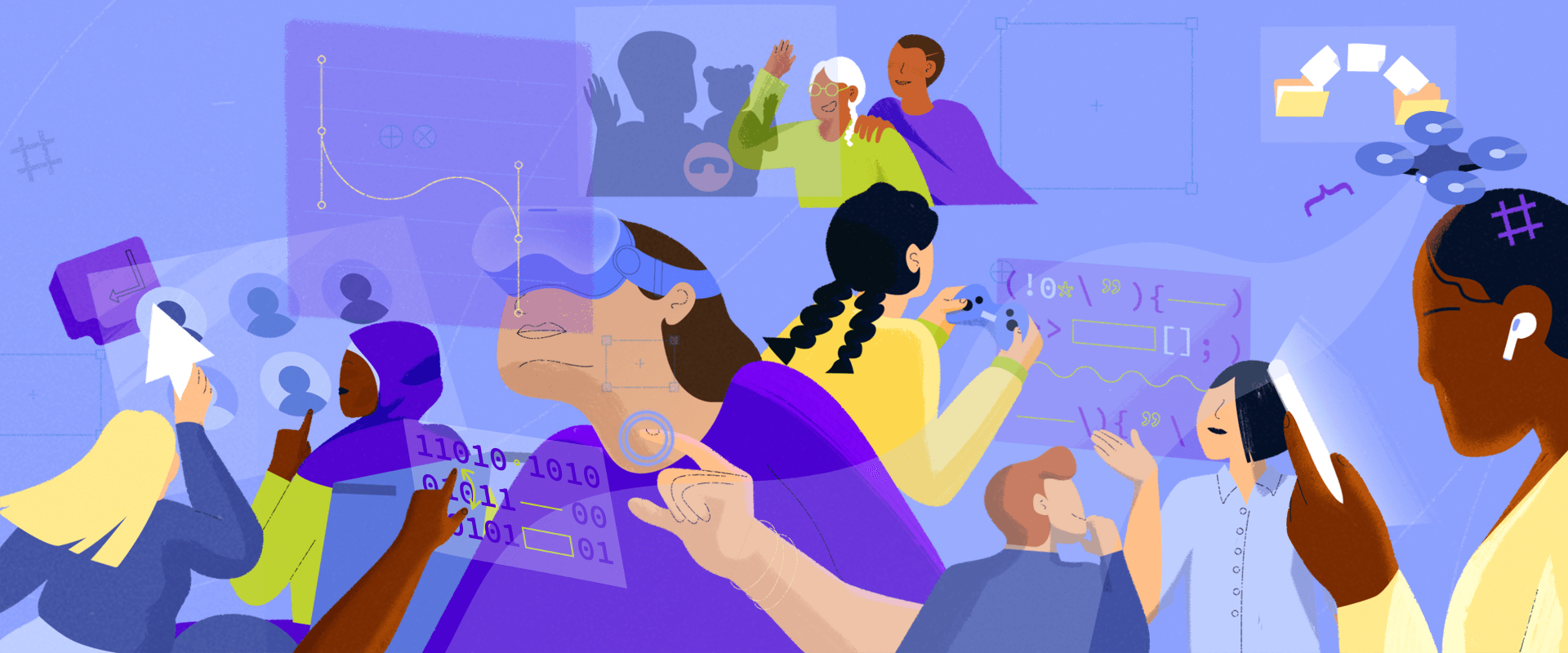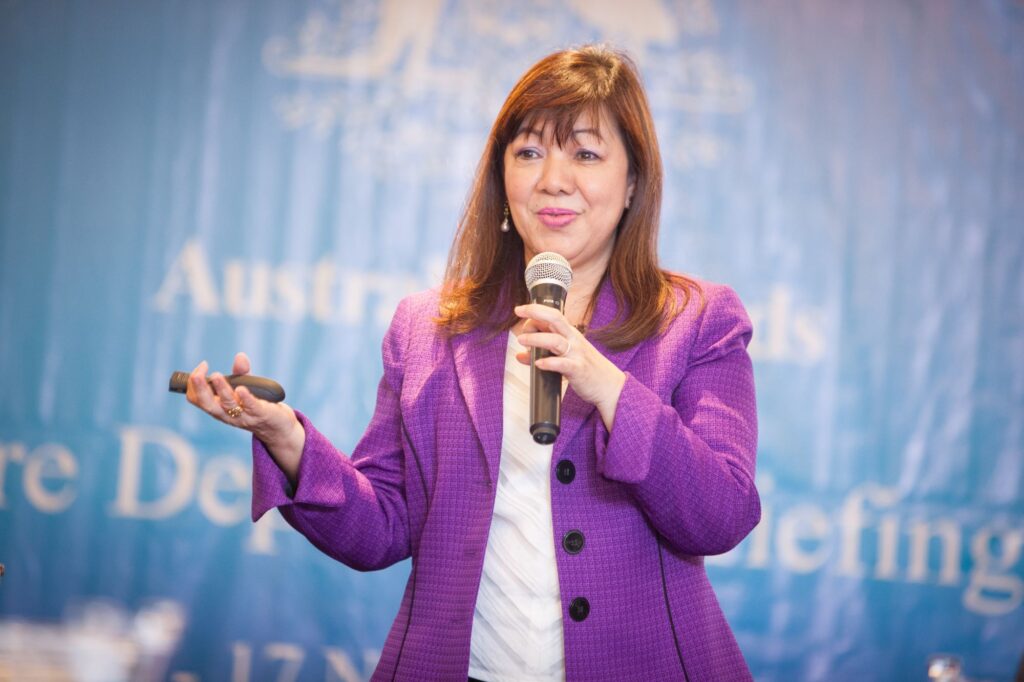

The gender digital divide
UN Women Australia’s theme for 2023 – Cracking the Code: Innovation for a gender-equal future is centred around innovation, access, inclusion, and education.
The theme recognises innovation as a key factor to disrupting gender-based discrimination, but we can’t achieve innovation without closing the gender digital divide through improved access to education, pathways, and investments for women.
In an increasingly digitised world, equitable inputs to development are imperative to secure a future with technology and innovation that represent the needs of all.
Barriers to education and information access
For many women and girls around the world, gender is still a barrier to education, including in The Asia-Pacific region, which has made considerable strides in increasing the accessibility of basic education, but challenges remain. Almost 446 million of the world’s illiterate adults (two-thirds of whom are female), live in the region, according to the Asia-Pacific SDG 4-Education2030 Knowledge Portal.
The digital divide refers to the gap between people who have access to modern information and communications technology and those who don’t, including digital technology, smartphones, tablets, laptops, and the internet.
The internet is an enabler of many human rights, people manage health, education, and work online, along with community and faith-based activities.
Many countries, including the Australian Human Right’s Commission assert that we need to consider access to the internet as a human right.
Existing inequalities are exacerbated by the digital gender divide
UN Women states that globally, there are around 250 million fewer women online than men, and worldwide some 327 million fewer women than men have a smartphone and can access mobile internet.
Gaps in access to the internet were always a social problem, but for many, COVID-19 made them catastrophic, accelerating the move online for educational institutions, workplaces, and essential services. Those who were disconnected from or inconsistently connected to the internet experienced increasing barriers to social participation. According to UN Women Australia:
- The digital gender gap has barely improved since 2011
- Women’s exclusion from the digital world has shaved $1 trillion from the GDP of low and middle-income countries in the last decade— this will grow $1.5 trillion by 2025 without action
Bridging the digital gender divide requires improved access to education and technology
Over the last 20 years, Tetra Tech has delivered 37 education programs across 21 countries in the Indo-Pacific region. In collaboration with clients, local governments, learning communities, and regional and global technology partners, Tetra Tech International Development is addressing the digital divide through building digital literacy as a foundational pillar in education programs.
CLICK HERE TO READ ABOUT EDUCATION PROGRAMS AT TETRA TECH INTERNATIONAL DEVELOPMENT.
Feature image by UNWOMEN.



